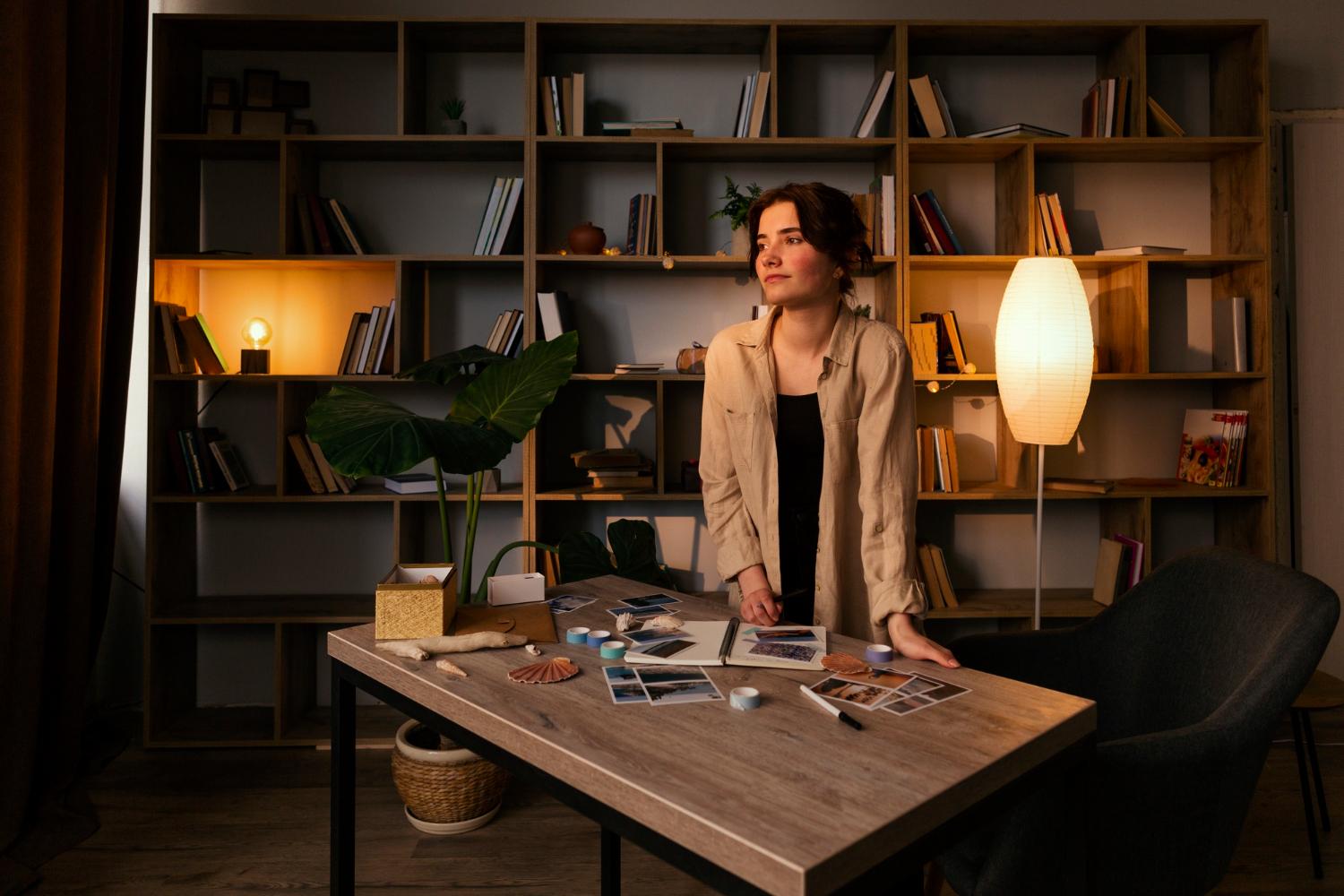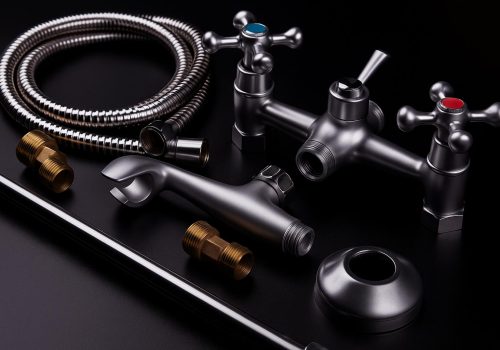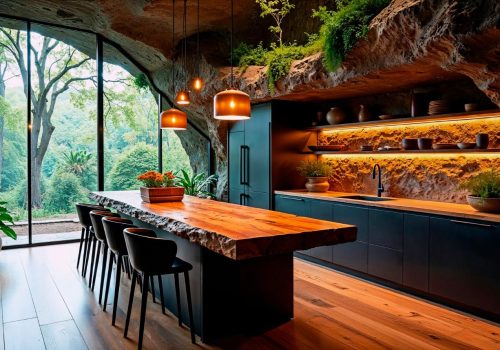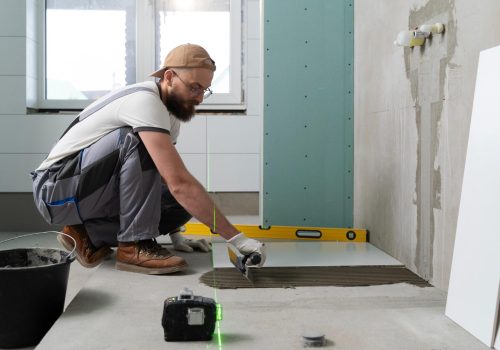The Essential Role of an Interior Designer in Transforming Spaces
Interior design is often mistaken for decoration, but in truth, it is a discipline rooted in psychology, spatial engineering, and strategic planning. Hiring an interior designer is not about choosing colours or shopping for furniture. It is about transforming how people live and interact with their surroundings by aligning physical space with emotional and functional intent.
They Translate Human Behaviour into Spatial Design
Professionals don’t begin with a lookbook. They begin with an understanding of how the space needs to perform. Designers study occupant habits, traffic flow, decision fatigue, and comfort cues before drafting a single line. A kitchen isn’t just a place to cook; it’s often the emotional hub of a home. A good designer understands this and builds accordingly.
Design is About Efficiency, Not Just Style
In most poorly designed spaces, the complaint isn’t about aesthetics but about frustration. Awkward corners, unused zones, poor lighting, and lack of storage are all signs of design neglect. Interior designers resolve this by designing for efficiency. They optimise how a space works hour by hour, accounting for movement, purpose, and user diversity.
They Integrate Construction Knowledge with Design Intent
Aesthetic vision is only one piece. Designers know how to work with architects, contractors, and engineers to ensure that design choices align with structural feasibility, compliance, and budget. They understand wall systems, load-bearing points, lighting circuits, and ventilation paths. Without this, beautiful ideas often fall apart during execution.
They Futureproof the Investment
An experienced interior decorator doesn’t just design for now. They consider how the space will age. Will this room accommodate lifestyle shifts in five years? Is the layout adaptable? Will material choices sustain wear and still look refined? These are not aesthetic decisions but strategic ones. And the cost of getting them wrong isn’t immediate, it’s long-term rework.
Cohesion is Engineered, Not Assumed
Creating cohesive spaces isn’t about using the same style throughout. It’s about curating transition points, aligning spatial narratives, and ensuring visual logic. Designers manage tension between contrast and continuity, which results in rooms that connect emotionally without feeling repetitive or forced.
Design Influences Wellness
Studies show that spatial quality impacts stress, focus, and emotional regulation. Designers now factor in biophilic principles, acoustics, daylight mapping, and ergonomic flow to support mental and physical well-being. These considerations are rarely understood or implemented in DIY attempts.
An interior designer is not a luxury. They are an operational partner in creating spaces that are liveable, intuitive, and sustainable. Their value lies not in decoration but in vision-led execution with human experience at its core.





